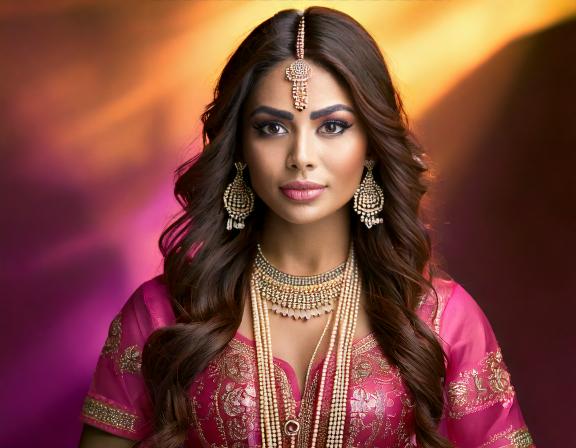Introduction to Fashion Influencers
Fashion influencers are social media personalities with a dedicated following on platforms like Instagram, YouTube, and TikTok. These individuals specialize in niches ranging from streetwear to sustainable fashion, offering inspiration and insights to their audiences.
The prominence of influencers stems from the growing role of social media in our lives. Consumers now seek authentic, relatable fashion advice, making influencers a vital resource for brands aiming to connect meaningfully with their target audiences.
The Rise of Influencer Marketing
Influencer marketing has emerged as a leading strategy for brands to expand their reach and boost sales. The influencer marketing industry, valued at $13.8 billion in 2021, owes its success to its ability to build trust and foster genuine connections with consumers.
By collaborating with influencers, brands can leverage their credibility and engage with a highly responsive audience, paving the way for increased brand loyalty and conversions.
Benefits of Collaborating with Fashion Influencers
1. Broader Reach
Influencers help brands tap into wider demographics, especially younger audiences. For instance, the top ten fashion influencers on Instagram collectively reach over 110 million followers.
2. Enhanced Trust
Consumers are more likely to trust recommendations from influencers they follow than traditional advertisements.
3. User-Generated Content
Collaborations often result in high-quality, user-generated content that brands can repurpose across various marketing channels.
Types of Fashion Influencers
1. Fashion Bloggers
Fashion bloggers share their style, tips, and outfit ideas through dedicated blogs. They often engage in sponsored collaborations and affiliate marketing.
2. Instagram Fashion Influencers
These influencers dominate Instagram with visually appealing posts, showcasing outfit inspirations and promoting brands via sponsored content or takeovers.
3. YouTube Fashion Influencers
YouTube influencers create engaging videos on fashion, beauty, and lifestyle, collaborating with brands for product reviews and sponsored content.
Finding the Right Fashion Influencers
To maximize the impact of influencer partnerships, brands must identify influencers aligned with their values and audience. Here’s how:
1. Define Your Target Audience
Understand the preferences, demographics, and interests of your ideal consumers.
2. Research Influencers
Look for influencers whose style and content resonate with your brand’s aesthetics.
3. Analyze Engagement
Evaluate engagement metrics, such as likes, comments, and reach, to assess the influencer’s community impact.
4. Build Relationships
Establish genuine connections with influencers, fostering collaborations that benefit both parties.
For a streamlined approach, consider platforms like SocialVeins, which simplify the process of finding and hiring influencers. Learn more here.
Tips for Successful Collaborations
1. Set Clear Goals
Define objectives and success metrics before initiating a partnership.
2. Be Transparent
Ensure authenticity in your intentions and align collaborations with mutual values.
3. Offer Creative Freedom
Allow influencers to craft content that resonates with their audience while staying true to your brand.
4. Provide Value
Offer perks like exclusive access or product discounts to nurture long-term relationships.
Examples of Successful Campaigns
1. Fendi Baguette Bag
Fendi’s collaboration with nine influencers generated 1.5 million Instagram likes and boosted sales for their iconic Baguette bag.
2. H&M Conscious Collection
By partnering with sustainable fashion influencers, H&M’s campaign garnered over 4 million YouTube views, solidifying their reputation as a sustainable brand.
The Influence of Gen Z
Gen Z, the first generation to grow up with social media, values authenticity and sustainability. They trust influencers more than traditional advertising, driving the rise of sustainable and ethical fashion influencers.
The Future of Fashion Influencer Marketing
As the industry evolves, staying ahead of trends and best practices will be crucial for brands. The integration of data-driven insights and innovative platforms like SocialVeins will continue to shape the future of influencer marketing.
Conclusion
Fashion influencers have revolutionized the industry, offering brands unparalleled opportunities to engage with audiences authentically. By defining target audiences, identifying the right influencers, and fostering transparent relationships, brands can harness this powerful tool to thrive in the ever-changing fashion landscape.

